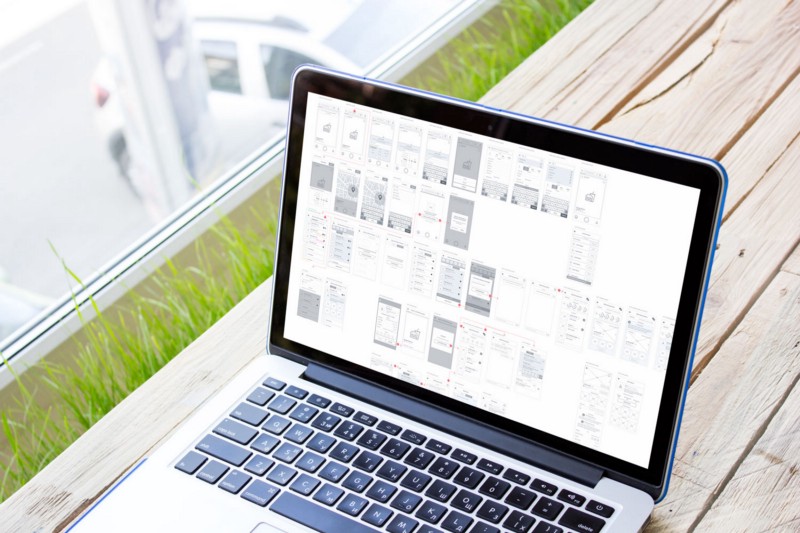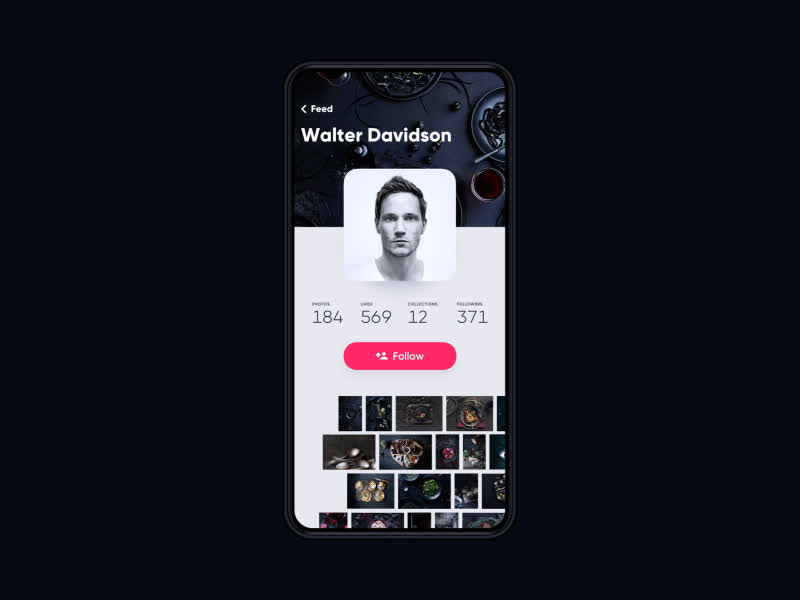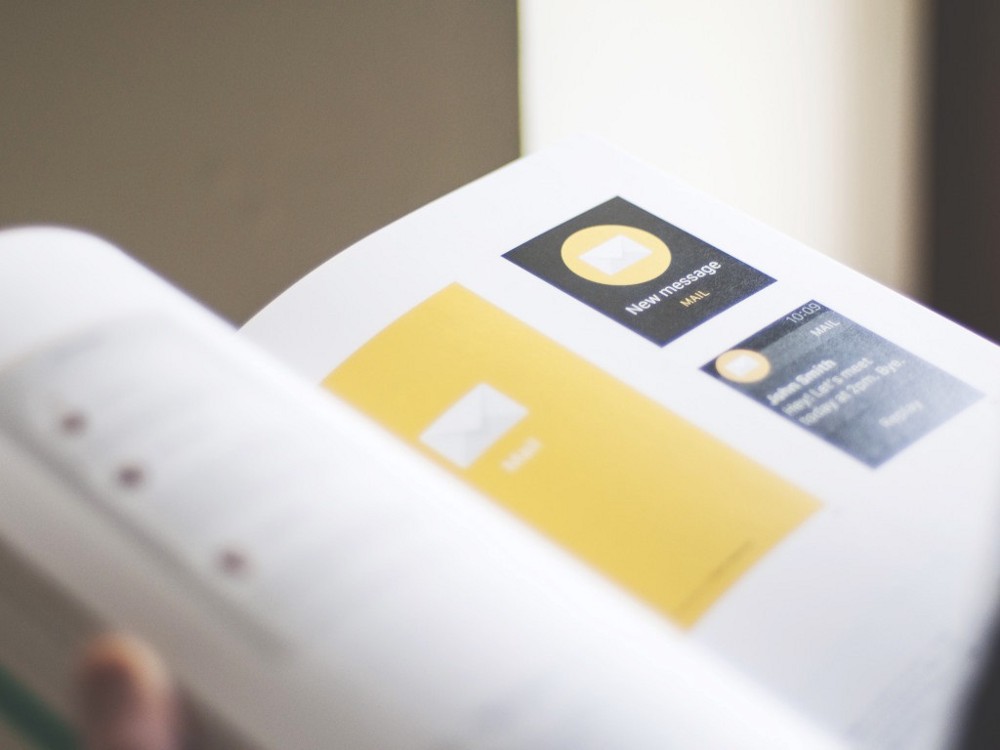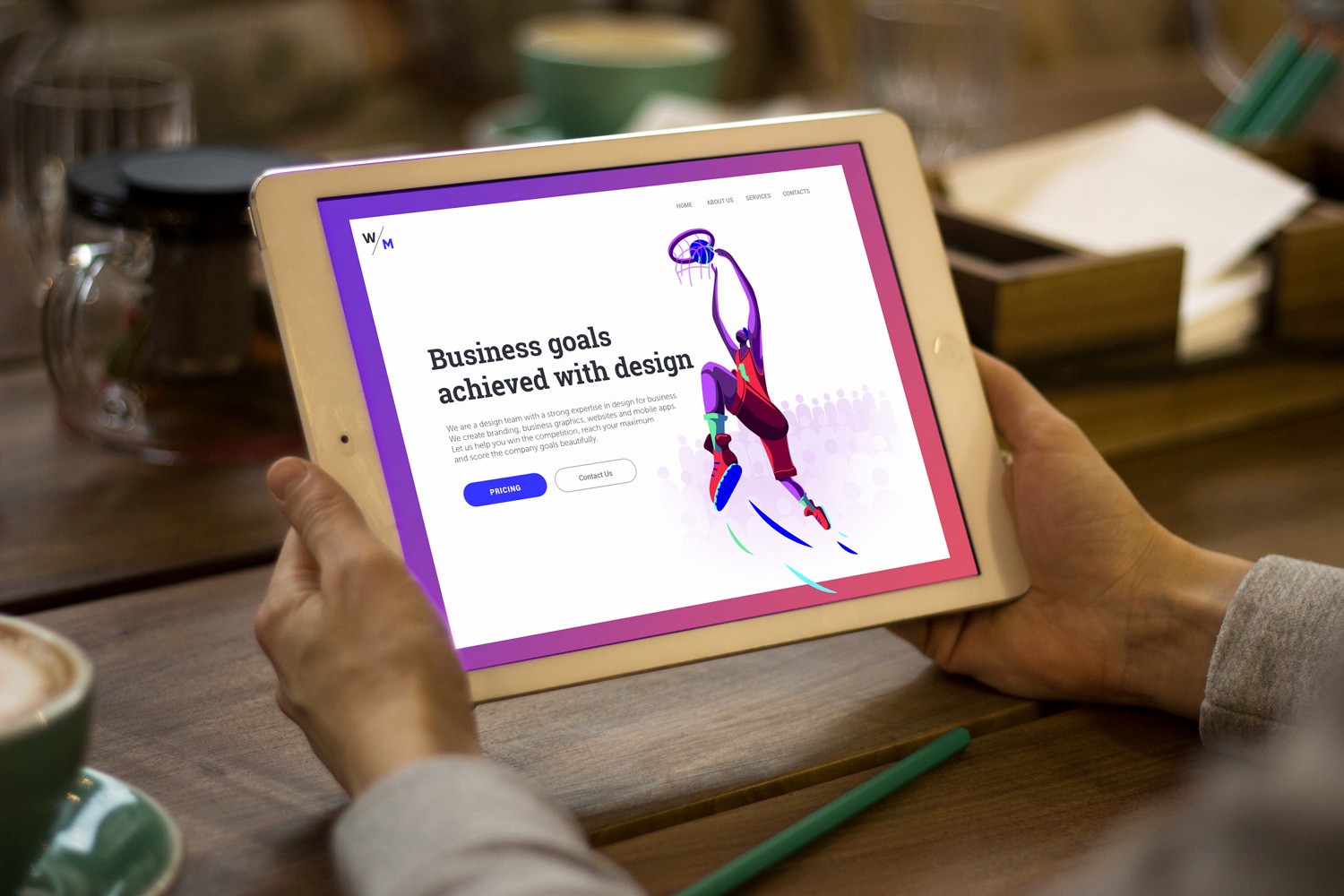Become a professional. Useful habits of UX designers
- Transfer
To become UX-expert designers need to work hard every day. Constant self-improvement and love for what you create are two key factors that help you become a master of your craft. Of course, every UX expert has his own secrets for success, but there is still something in common between them. There are several characteristics that distinguish amateurs from true professionals. This article describes the habits of UX design experts.
They listen to users
The success of a product is determined by several positions, one of which is the degree of user satisfaction. In order for a website or application to meet user needs, you need to know what users specifically need. Therefore, before creating a UX for a digital product, professionals always conduct user research.
The user research process includes the collection and analysis of information received from potential users. The data obtained help designers to immerse themselves in the understanding of the target audience, to understand its preferences and psychological characteristics. Using the results of user research, UX-experts get an opportunity to feel themselves in the user's shoes and find effective solutions for creating a product that is convenient for users. The UX design, built on understanding, is more likely to help users and draw attention to the product.

They conduct availability testing
Availability is one of the key factors affecting product quality. Therefore, to see what a site or application can use, and to identify possible problems with the UX, designers use accessibility testing techniques .
Accessibility is determined by five aspects: learning ability, satisfaction, efficiency, memorability and errors. Learning - how easy it is for users to reach the goal during first use. Satisfaction - how nice a product is to use. Efficiency is determined by the ability of the user to quickly complete the task, and memorability depends on the time it takes users to restore their skills after a long break in the use of the product. Finally, designers track the number of mistakes made by users and how quickly users learn from them.
Availability testing usually occurs at the UX creation stage, before sending the project to the development team. This allows for less effort compared to the finished product to correct ineffective solutions. Moreover, during availability testing, you can see how users react when using the product and assume whether they like it or not. This technique is convenient for collecting the information necessary to create an effective user-oriented design.

They pay attention to the Information Architecture.
In one of our articles, we defined the Information Architecture as the discipline responsible for organizing and structuring content so that users can easily adapt to the product's functionality and can find everything they need without much effort.
Many UX experts study IA principles until they believe that structuring information is the basis for effective design. If the content is poorly organized, users may experience difficulties with navigation, respectively, they may get lost and be unhappy. That is why even good content and powerful UI can fail without proper organization.
Some may find it impractical to spend a large amount of time creating an IA, but efficiently organizing information is a decisive factor in good UX. It helps users quickly navigate the content and find everything they need without a fight.

They seek clarity.
A quality product should give quick access to the functionality requested by users. The main goal of designers is to help people get the desired functionality and make the process of use pleasant and extremely clear.
While thinking about the problem-oriented UX, professionals need to figure out which design elements will be useful and which will distract users. Unnecessary functionality makes the product difficult to understand and has a poor user experience. Moreover, it is very important to adhere to behavioral patterns including techniques common to certain types of products. The point is that designers usually use elements that are already known to users. This approach makes product orientation more intuitive and easy.

Photo gallery application (gif)
They take into account the current situation.
Being an idealist is not always good, especially for the UX master. It may happen that designers simply forgot to take into account all the factors of real life that have a significant impact on the UX.
The product is usually created and tested in a convenient environment, but it is not always possible to use the application in the same comfortable conditions. The modern world is swift, and you have to do a lot at the same time. But despite all the circumstances, websites and mobile applications should bring joy. Designers should take into account all possible distractions and create a UX so that the user can do everything necessary even without 100% immersion in the product, especially for mobile applications.
They are ready to learn new tools.
Confident use of Photoshop or Sketch is a big plus for a professional, but it’s always worth trying something new. To some designers, this may seem like a waste of time, so they don’t see the point. Nevertheless, you will be surprised at how advanced new technologies can be and what opportunities they have with them. New tools do not have to be used as basic ones, but you can use them as additional ones, which can be convenient in some situations.
They don't stop learning
UX design is an industry that never stands still. Every day brings new ideas and opportunities that designers willingly share with the whole world. Today, experts have so many methods and techniques for creating high-quality products that it is difficult to keep track of everything. Nevertheless, it is imperative for specialists to learn as much as possible to expand their skills.
In addition, designers should not be limited to design disciplines. The study of various sciences related to design can be extremely useful during creative work. For example, it is recommended to study psychology, which helps to understand users and their needs, as well to master basic programming skills in order to have a better understanding of product development.

Design for business: free ebook
They always know
Information technologies are developing quite quickly and UX-specialists need to keep track of new products. It is difficult to create a suitable design without knowing the features of the device under which it is made. Moreover, fashion in the field of design is changing just as quickly, so UX designers need to know what is relevant now and which solutions should not be used.
They constantly find inspiration.
Some may think that UX design is a complex science with its own strict rules, in which there is no place for creativity. However, this is not the case, because the masters of UX never forget to give vent to the imagination. Many interesting and unique solutions appear thanks to the designer’s outlook and inspiration. That is why designers need to regularly replenish their creative energy through their favorite activities.

In conclusion, let us recall the words of Siena Covey [ Sean Covey ]: "We are what we do regularly." Try, improve and be able to become a master in your business. Come again!
Recommended literature:
FAQ: Do UX Designers Need to Know Programming and Computer Science?
How Human Memory Works: Tips for UX Designers
6 Tips How to Apply Information Architecture in UX Design
7 Key Motives to Invest in UX for Digital Product
Gamification in UX. Increasing User Engagement
User Research. Empathy is the best ux policy
Written for tubikstudio.com


